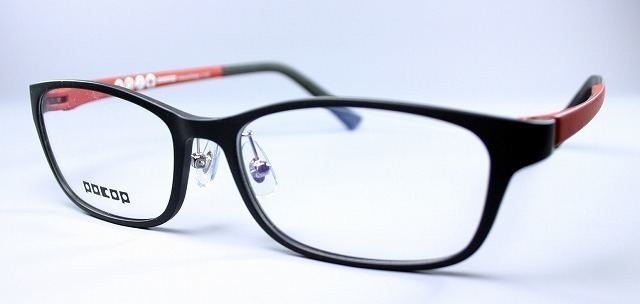Appearance yellow solid | ||
 | ||
hq dora the explorer perrito s big surprise full game 2014
POCOP is a popular type of pincer ligand. Pincer type ligands are tridentate ligands that bind three sites on one plane of a metal complex. POCOP forms complexes with one M-C(aryl) bond and two phosphinite ligands. The term POCOP is used both for the ligand, with formula C6H4(OPPh2)2, and its complexes, with formula C6H3(OPPh2)2]− (Ph = C6H5)
Contents
- hq dora the explorer perrito s big surprise full game 2014
- Disney junior espa a cantajuego plaza encanto episodio 16
- Synthesis and Structure
- Catalytic reaction
- References
Disney junior espa a cantajuego plaza encanto episodio 16
Synthesis and Structure
Interest in POCOP arises from its easy synthesis, which accommodates many substituents on phosphorus and results in higher yields than other PCP analogues. The parent POCOP ligand is prepared by treating resorcinol with chlorodiphenylphosphine:
C6H4(OH)2 + 2 ClPPh2 → C6H4(OPPh2)2 + 2 HClRelated ligands can be prepared from chlorodiisopropylphosphine.
Representative complexes are of the type Ni(POCOP)X (X = halide, alkyl, thiolate). The halides arise by direct reaction of the ligand and a nickel halide and offer a relatively cheap, nontoxic and readily available option of the ligand for various applications. There can also be variable conformations of POCOP pertaining to the various R groups branching off of the donor atoms.
In most cases the MPOCOP center features a planar MC3O2P2 core. The rigid conformation and square planar geometry of the POCOP ligand allow for systematic changes over the steric and electronic environment at the metal center. The geometry of metal compounds formed with POCOP ligands can be seen through the P-Ni-P (164.01 Å ) and C-Ni-Cl(178.31Å) bond angles found for (POCOP)NiCl. The bond angles of this compound are representative of angles found for several other pocop metal compounds. Because of relatively small P-Ni-P bond angle the otherwise Ni complexes exhibit a slight tetrahedral distortion.
Catalytic reaction
Pincer ligands participate in a variety of organic transformation, such as the hydrosilylation, and ethylene oligomerizations, and homocoupling of benzyl halides. I. Ni PCP pincer complexes promote sulfur-carbon forming reactions.
